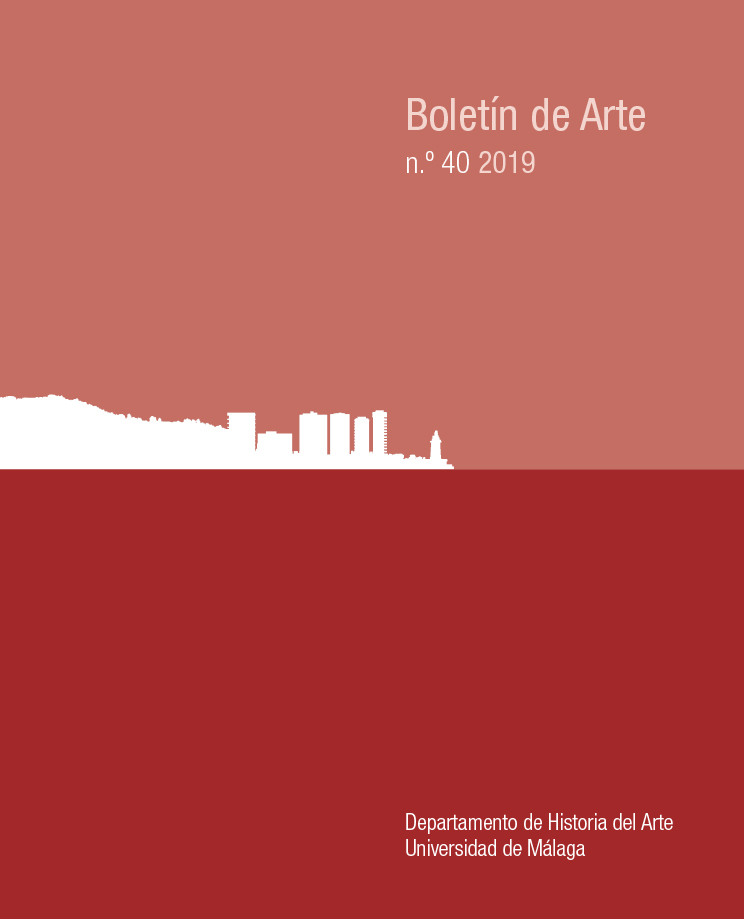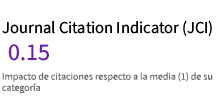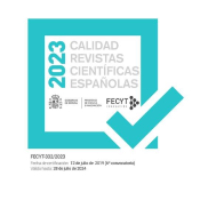Back to the Source. An Approximation Proposal to the Archive from the Matrix Theory
DOI:
https://doi.org/10.24310/BoLArte.2019.v0i40.5492Abstract
During the last decades there have been several attempts to question the hegemonic and patriarchal stories from art based on feminist stances. Among these attempts, those made from the curatorial practice, specifically those in which the archive has been used as an exhibition method, are worth highlighting. In this study, we analyze this last practice through the case study Anarchivo Sida, where the archive works as a potential tool that makes it possible to crack those official and unidirectional discourses, while questioning the use or application of the patrilineal theories about the concept of the archive used for it. Thus, we present the importance of the use of adequate theories as a basis for the curatorial projects and their installation, and we propose a new approach to the archive, relevant to the exhibition area, from the Bracha L. Ettinger’s matrix theory that is articulated from the feminine.
Downloads
Metrics
Publication Facts
Reviewer profiles N/A
Author statements
Indexed in
-
—
- Academic society
- N/A
- Publisher
- Universidad de Málaga.
References
-ANSA, G., (2017), “Análisis del archivo como método para la elaboración y transmisión de nuevos discursos históricos a través del caso de estudio Re.Act.Feminism #2 – A Performing Archive”, AusArt Journal for Research in Art, vol. 5, nº1, pp. 71-90.
-ARRIOLA, A., (2016), “Por fuera. Un ensayo de relaciones desde el Anarchivo sida” [conferencia]. En <https://www.youtube.com/watch?v=N2EK4NUr9zo> (Fecha de consulta: 28/2/2018)
-ARRIOLA, A.; GARÍN, N. y VALDÉS, L., (2016), “Anarchivo Sida”, en URIARTE, J. A. (Coord.), Orriak 3. Tabakalera, Donostia, pp. 20-27.
-BENNET, T., (1998), The birth of the museum. History, theory, politics. Routledge, New York
-BERNÁRDEZ, A., (2012), “Sobre públicos, museos y feminismo” en LÓPEZ, M., FERNÁNDEZ, A. y BERNÁRDEZ, A., (Eds.), El protagonismo de las mujeres en los museos. Editorial Fundamentos, Madrid
-DAMBOLD, M., (2014), “Arresting performances”, en KANUP, B. y STAMMER, B. E. (Eds), Re.Act.Feminism. A performing archive, Verlang für Moderne Kunst y Live art development agency, Nüremberg y Londres, pp. 96-108.
-DERRIDA, J., (1997) Mal de archivo. Una impresión freudiana, Editorial Trotta, Madrid
-DRESSLER, I., “Entreacto”, En: <http://www.editorialconcreta.org/-ENTREACTO-148-> (Fecha de consulta: 26/2/2018)
-EQUIPO RE., “Anarchivo Sida” En: <https://equipo-re.org/proyectos-en-curso/proyecto-sida/> (Fecha de consulta: 22/2/2018)
-EQUIPO RE., “Anarchivo Sida” [conferencia]. En: <https://vimeo.com/62595679> (Fecha de consulta: 24/2/2018)
-FOUCAULT, M., (2002), La arquelogía del saber, Siglo veintiuno editores, Buenos Aires
-GUASCH, A. M., (2011), Arte y Archivo, 1920-2010. Genealogías, tipologías y discontinuidades, Ediciones Akal, Madrid
-MENDIZABAL, I., (2016), Estructura y materialidad del acontecimiento pedagógico -Un primer contacto con/desde la teoría matricial de Bracha L. Ettinger (TFM). EHU/UPV, Bilbao
-MORANDEIRA, J., (2016), “Fiebre del archivo”, en URIARTE, J. A. (Coord.), Orriak 3. Tabakalera, Donostia, pp. 3-6
-MULVEY, L., (2001), “Placer visual y cine narrativo”, en WALLIS, B. (Ed.), Arte después de la modernidad. Nuevos planteamientos en torno a la representación. Ediciones Akal, Madrid, pp. 365-377.
-NOGUEIRA, C., “Anarchivo Sida. Dispositivo de sala”, En: <http://www.cntxt.org/node/139> (Fecha de consulta: 23/2/2018)
-OSOREZ, L., (2017), “Cuerpo género y arte contemporáneo tucumano: una propuesta teórica para el análisis de obras”, Revista científica de la Redcom, vol. 2, nº4, pp. 123-130.
-POLLOCK, G., (1999), Differencing the Canon. Feminist Desire and the Writing of Art's Histories, Routledge, New York
-POLLOCK, G., (2015), Visión y diferencia. Feminismo, feminidad e historias del arte. Fiordo No Ficción 01, Buenos Aires
-POLLOCK, G., (2008), “Desde las intervenciones feministas hasta los efectos feministas en las historias del arte. Ana?lisis de la virtualidad feminista y de las transformaciones este?ticas del trauma” en ARAKISTAIN, X. y MÉNDEZ, L. (Eds.) Produccio?n arti?stica y teori?a feminista del arte: nuevos debates I. CC Montehermoso, Vitoria, pp. 42-63
-SALOMON, N. (1998), “The Art historical Canon” en PREZIOSI, Donald, (Ed.) The art of art History: A critical antology, Oxford University Press, Oxford, pp. 344-355.
-SPIVAK, G. C., (2006), “The Rani of Sirmur: An essay in reading the archives (introduction)”, en MEREWETHER, C., (Ed.), The Archive (Documents of Contemporary Art), Whitechapel Gallery y The MIT Press, Londres y Cambridge, pp. 163-169
Downloads
Published
How to Cite
Issue
Section
License
Todos los contenidos publicados en la revista Boletín de Arte están sujetos a la licencia Creative Commons Reconocimento-NoComercia-Compartirigual 4.0 cuyo texto completo puede consultar en <http://creativecommons.org/licenses/by-nc-sa/4.0>

Los/as autores/as cuyas contribuciones sean aceptadas para su publicación en esta revista conservarán el derecho no exclusivo de utilizar sus contribuciones con fines académicos, de investigación y educativos, incluyendo el auto-archivo o depósito en repositorios de acceso abierto de cualquier tipo.
La edición electrónica de esta revista esta editada por la Editorial de la Universidad de Málaga (UmaEditorial), siendo necesario citar la procedencia en cualquier reproducción parcial o total.












4.png)
